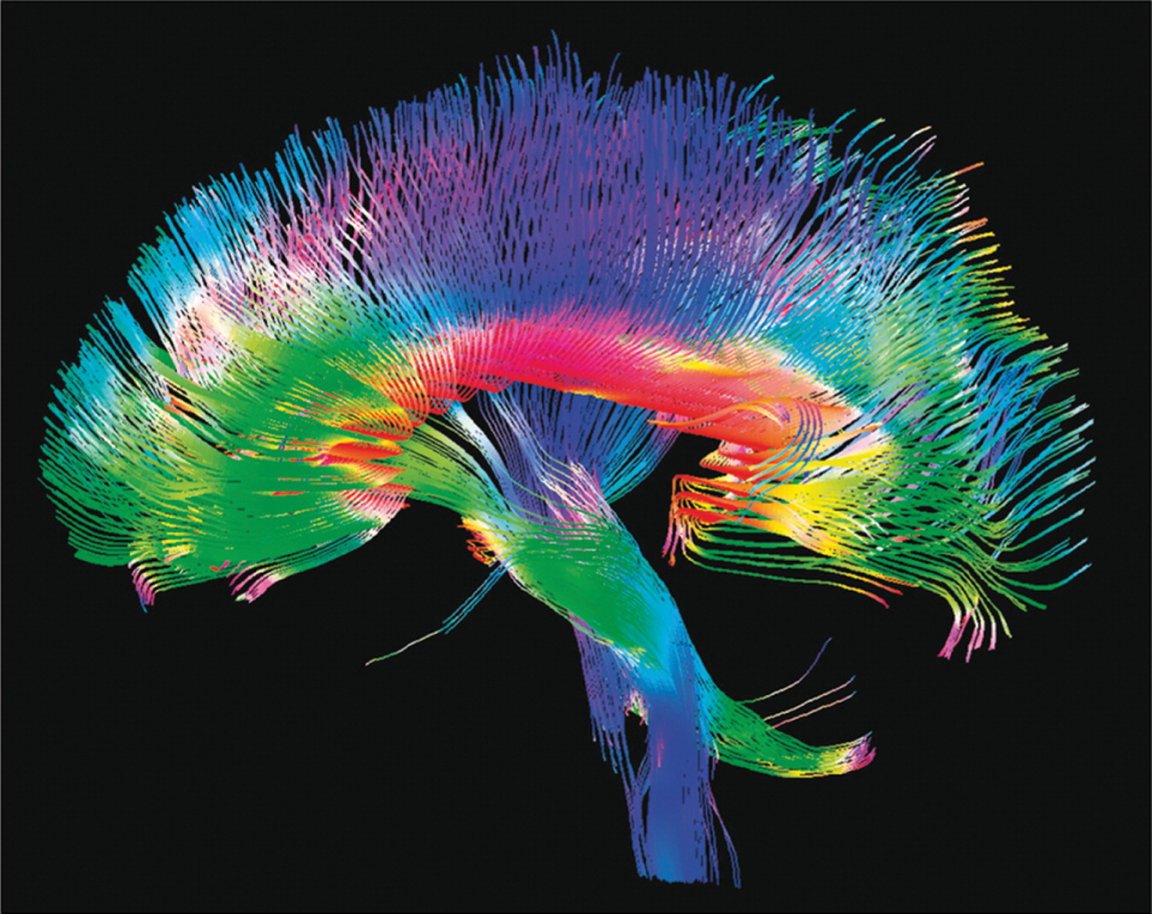
Human Consciousness
Human consciousness has been defined as awareness, sentience, a person’s ability to experience and feel, but despite the important role it plays in our lives and making us who we are, we actually know very little about how consciousness works.
Scientists currently believe that consciousness is composed of two components: arousal and awareness. The first is regulated by the brainstem, but the physical origins of the latter were always a mystery. Now, a team of researchers at Harvard think they may have discovered the regions of the brain that work with the brainstem to maintain consciousness.
“For the first time, we have found a connection between the brainstem region involved in arousal and regions involved in awareness, two prerequisites for consciousness,” said Michael D. Fox, MD, PhD, Director of the Laboratory for Brain Network Imaging and Modulation and the Associate Director of the Berenson-Allen Center for Noninvasive Brain Stimulation at Beth Israel Deaconess Medical Center (BIDMC). “A lot of pieces of evidence all came together to point to this network playing a role in human consciousness.”

To better understand why some patients were able to maintain consciousness despite injuries while others went into comas, the researchers analyzed 36 patients with brainstem lesions. Twelve of those patients were in a coma (unconscious), and 24 were defined as conscious.
They discovered that ten of the 12 unconscious subjects had damage in the rostral dorsolateral pontine tegmentum, a small area of the brainstem. Only one out of the 24 conscious subjects had damage in the same area. Evidently, this tiny part of the brainstem had a lot to do with maintaining consciousness.
Looking into this lead further, they studied a brain map of a healthy brain, where they were able to pinpoint two areas that were linked to the rostral dorsolateral pontine tegmentum. This led them to conclude that the connections between those areas and the identified region of the brainstem likely play a role in regulating consciousness.
The Missing Link?
From knowing virtually nothing except the possibility that it could be located in the cortex, scientists have now identified two specific cortex regions that they believe could be essential to human consciousness. Exciting as this discovery may be, however, it is only the first step. From here, the researchers’ findings must be confirmed by independent groups and further studies must be conducted using larger groups of subjects.
If the researchers are right and they’ve identified the areas of the brain responsible for human consciousness, the knowledge would prove invaluable to patients in comas and vegetative states and their families as it could lead to new treatment options. It’s just one more example of how technology is allowing us to learn more about our complex biology.